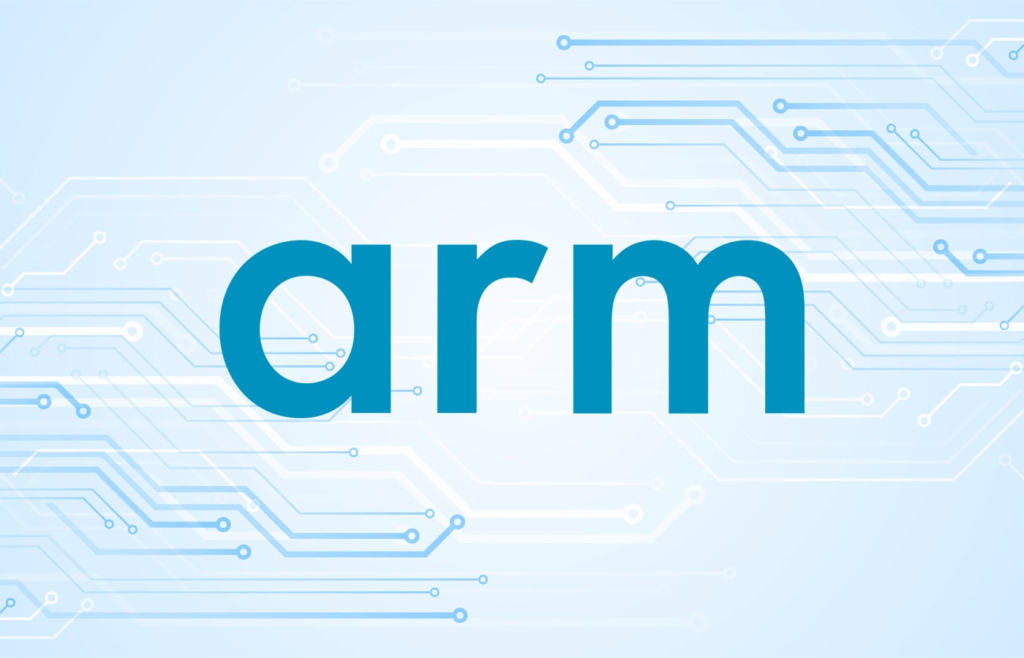Money market accounts (MMAs) and savings accounts are common banking products offered by financial institutions. Both are classified as savings products and may seem similar since they earn interest. However, money market accounts tend to have higher interest rates and require larger minimum balances than savings accounts. Additionally, some MMAs let you write checks and often come with a debit card. What is a money market account? A money market account is a deposit account that blends the features of a traditional savings account and a checking account. In general, it offers higher interest but often has a higher minimum balance requirement and initial deposit than a traditional savings account. Money market accounts can include check-writing privileges and a debit card. What is a savings account? A savings account is a basic bank account where customers deposit their funds and earn interest. These accounts are considered low-risk and usually offer lower yields than money market accounts. Savings accounts also have lower initial deposits and balance minimums and often feature low or no monthly service fees. To encourage saving and limit access to funds, savings accounts typically are not issued a debit card. Key differences: savings account vs money market account Below is a table highlighting the differences between a savings account vs money market account. Savings Account Money Market Account Initial deposit amount Lower Higher Minimum balance requirement Lower Higher Monthly service fee Lower; waivable Higher; waivable Earns interest Yes Yes Monthly withdrawal limits Six but varies per provider Six but varies per provider Debit card availability No Yes; some Check-writing No Yes; some Federally insured Yes Yes Risk level Very low-risk Low-risk Suitability Short-term goals Medium to long-term goals Interest rates of money market vs savings accounts Before choosing a business bank, it is essential to review the interest rate offered for a money market vs a savings account. Money market account: It typically offers higher interest rates than savings accounts, ranging from 0.5% to over 3%, depending on the bank and the minimum balance required. Some financial institutions provide tiered MMAs, which yield higher returns for larger accounts. Savings account: In contrast, a savings account draws lower interest, typically between 0.01% and 0.5% at many banks. Online banks and credit unions may provide more competitive rates. The minimum balance requirements for savings accounts tend to be lower than MMAs. If your goal is to earn higher interest while meeting minimum balance requirements, I recommend choosing a money market account. However, if you want a simpler account without the pressure of maintaining a high balance, a regular savings account may be a better choice. Access to funds of money market vs savings accounts Compared to other types of savings products, such as certificates of deposit (CDs), both money market and savings accounts offer more liquidity. Money market account: Highly liquid, it enables easy access to funds and transfers to linked checking accounts. Unlike regular savings accounts, some MMAs also allow check writing and debit card access. However, check with your bank for withdrawal limits, as transfers and withdrawals are typically restricted to six per month under Federal Reserve regulations. Savings account: This account type allows easy access to funds through online banking and transfers between linked accounts, though it may have the same monthly withdrawal limits as MMAs. Some banks may not limit inter-account transfers. Generally, there are no minimum balance requirements, and you won’t face penalties for accessing your money. If you’re looking for more flexibility, such as the ability to write checks or use a debit card, I strongly recommend a money market account that offers these features over a traditional savings account. However, if you prefer higher liquidity without the need to maintain a large balance, a savings account might be more suitable for you. Minimum balances and fees of money market vs savings accounts Fees and balance requirements can vary a lot between money market accounts and savings accounts, depending on the financial institution. Here are some general differences: Money market account: Typically requires a higher minimum balance, often ranging from $1,000 to $5,000, but it can sometimes reach $10,000 or more. Monthly service fees usually range from $5 to $30. Additionally, if you exceed the monthly limit of six transactions, you may incur transaction costs. Savings account: Generally has lower minimum balance requirements, starting as low as $25 to $100. Many providers, particularly online-only banks, may not require a minimum balance or charge a monthly service fee at all. However, if you exceed the monthly withdrawal limit, a transaction fee of $3 to $10 may apply. If you have a smaller balance and prefer an account with little to no fees, a savings account is likely your best option. Between a money market and a savings account, I believe the latter can be a more cost-effective option if you don’t plan to maintain a large balance or earn high returns. Risk and insurance of money market vs savings accounts When discussing risk and insurance, both MMAs and savings accounts are generally considered low-risk options. They are typically insured by the Federal Deposit Insurance Corporation (FDIC) for banks and the National Credit Union Administration (NCUA) for credit unions. Money market account: It is designated as low-risk because it is backed by the FDIC or NCUA. If the financial institution fails, your account is protected up to $250,000 per depositor and per institution. Generally, the risk associated with MMAs is slightly higher since they may be invested in short-term securities, such as treasury bills and CDs. Savings account: Classified as very low risk, it is also insured by the FDIC or NCUA up to a coverage limit of $250,000 per depositor and per institution, in case of a bank or credit union failure. Regular savings accounts are considered the safest savings vehicles since they are not exposed to market fluctuations. Overall, I view both MMAs and savings accounts as low-risk options due to the FDIC or NCUA insurance coverage. While some minimal risk may exist,













